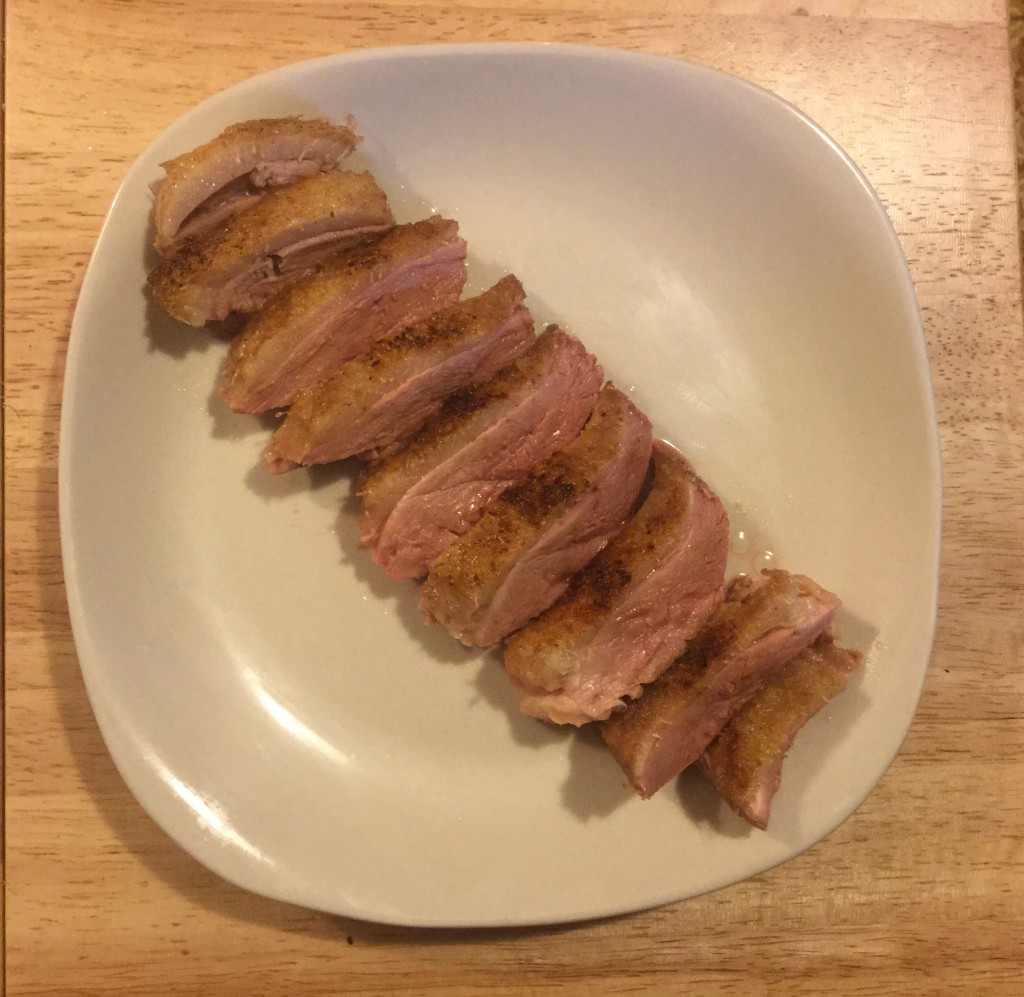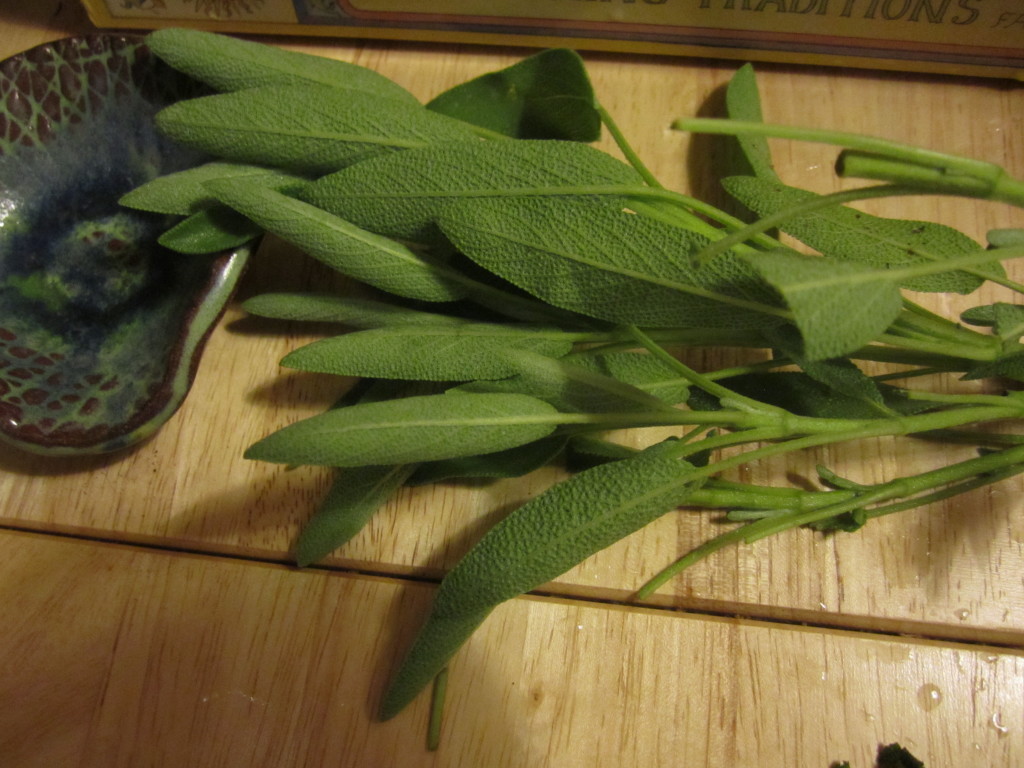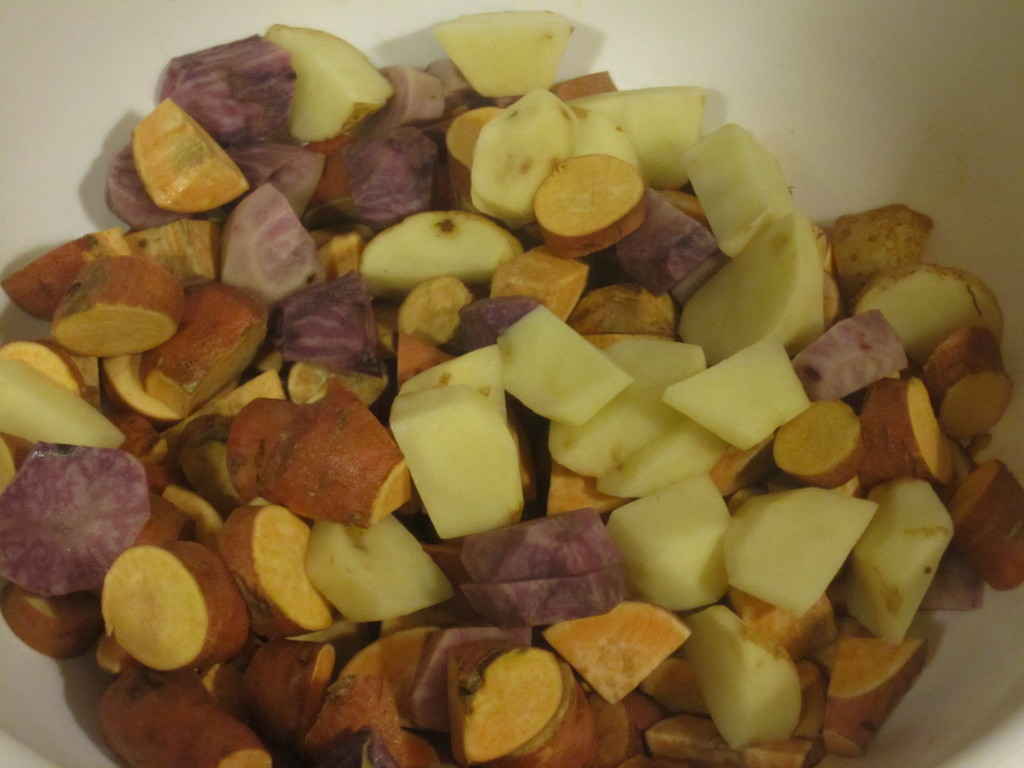We’ve been experimenting with Pekin duck recipes over the last few weeks, learning about the best ways to cook our new favorite meal! We want to offer you some of our thoughts about our simple recipes, in case you are new to cooking duck and wonder how it should be done. So far we’ve cooked 4 ducks in 4 different ways, and we do have our favorite techniques! The exciting thing that we’ve learned from all this cooking, is that it’s really hard to ruin duck, short of burning it. There is so much fat that the meat never dries out the way chicken or turkey does when overcooked. Knowing this should help quell your fear about cooking duck… Just go for it!
Here is the fourth recipe we tried!
Lower Heat, Longer Time (and a Pan Seared Breast): 250 degrees for 3 hours, 350 for 45 minutes, and a quick broil
First, cut out the breast! When you remove the breast before you cook the meat for any length of time, it allows you to choose your desired meat temperature/color when you cook it. This is our favorite way of dealing with the bird, since the skin gets all crispy in the pan! Yummy!
Then, score the skin on both sides so that the fat will cook out of the bird and pool in the bottom of the dish. This allows the meat to stay moist but the skin to get crispy!
Cover the duck liberally with salt and garlic powder.
Place the duck, breast down, in a dish and cook for 3 hours at 250 degrees. Then continue cooking the duck at 350 degrees for 45 minutes longer. If you desire even crispier skin, finish off the bird in the oven for a few minutes on broil.
At any point in time, cook the breast in a skillet on the stove. Cook it on medium heat, skin side down so the skin becomes crispy and the fat runs out into the pan! Cook it to the desired color (we think pink is the best)!
Taste Test:
The breast was moist and delicious, with crispy skin! It tasted like a tender cut of beef and was very pink and juicy. This was our favorite breast, since we didn’t cook it in the oven before pan searing it!
The legs were moist and falling off of the bone! These were our favorite thighs to date. Also, the rest of the bird stayed moist and didn’t dry out even though it was cooked for almost 4 hours!!
The skin was super crispy, Jason’s favorite!
Yum!
Through all of this taste testing, we learned that duck can withstand a lot of weirdness and still be great! So don’t be afraid to try out your own recipes. And if you do… Let us know about them here!
.:.


















